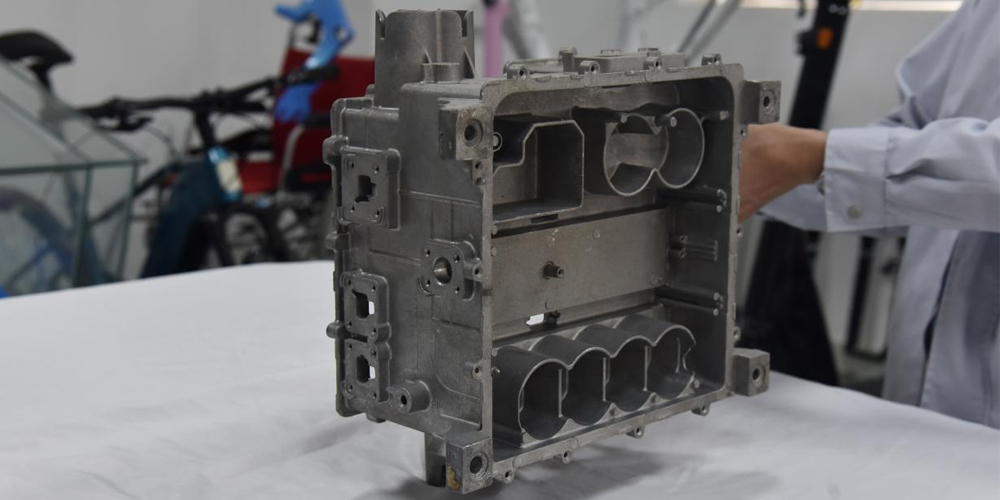Aluminum Machining: Precision Techniques for Optimal Results
Aluminum machining plays a crucial role in various industries, including automotive, aerospace, and electronics. With its lightweight, high strength, and excellent corrosion resistance properties, aluminum has become a preferred material for manufacturing components and parts. However, machining aluminum can present unique challenges due to its softness and tendency to generate excessive heat. To overcome these challenges and achieve optimal results, precision techniques are essential. In this article, we will explore some of the key precision techniques used in aluminum machining.
1. Proper Tool Selection
Selecting the right tools is crucial for achieving precision and optimal results in aluminum machining. High-speed steel (HSS) and carbide tools are commonly used for cutting aluminum. HSS tools provide good tool life and are suitable for low-speed applications. On the other hand, carbide tools offer high wear resistance and are ideal for high-speed machining. Additionally, using tools with sharp cutting edges and polished surfaces helps to reduce the built-up edge and improve chip evacuation.
2. Cutting Parameters
Setting the correct cutting parameters is vital for aluminum machining. Cutting speed, feed rate, and depth of cut are the primary parameters that need to be optimized. High cutting speeds are preferred to prevent built-up edge formation and ensure efficient chip evacuation. However, it is important to avoid excessive cutting speeds that can lead to tool wear and poor surface finish. Similarly, a balance between feed rate and depth of cut must be maintained to prevent tool breakage and achieve good surface quality.
3. Coolant and Lubrication
Appropriate coolant and lubrication techniques are essential for aluminum machining. Aluminum has a high thermal conductivity, which means it dissipates heat quickly. However, excessive heat can still accumulate during machining, leading to tool wear and poor surface finish. Using coolants, such as water-soluble fluids or cutting oils, helps to dissipate heat effectively and prolongs tool life. These fluids also act as lubricants, reducing friction between the tool and the workpiece.
4. Chip Control
Aluminum machining produces long, continuous chips that can interfere with the machining process and cause surface defects. To ensure optimal results, proper chip control techniques must be employed. This can be achieved by using sharp tools with a positive rake angle and employing effective chip breaking methods, such as high-pressure coolant or chip breakers. Additionally, using chip evacuation systems, such as through-tool or through-spindle coolant, helps to remove chips efficiently and prevents chip recutting.
5. Machine Rigidity
Maintaining machine rigidity is critical for achieving precision in aluminum machining. Aluminum is a soft material, and excessive vibrations can lead to poor surface finish and dimensional inaccuracies. Ensuring the machine tool is properly calibrated, with tight tolerances and minimal backlash, helps to minimize vibrations. Additionally, using a stable workholding system and appropriate fixturing techniques further enhances rigidity and reduces the risk of part movement during machining.
In conclusion, achieving precision and optimal results in aluminum machining requires employing various techniques. Proper tool selection, setting the right cutting parameters, utilizing coolant and lubrication, controlling chips, and maintaining machine rigidity are essential for successful aluminum machining. Adhering to these precision techniques not only improves productivity but also ensures high-quality components and parts. As aluminum continues to be a preferred material in various industries, mastering these techniques becomes increasingly important for manufacturers seeking to stay competitive in the market.

 0086-750-5616188
0086-750-5616188 +86 13392089688
+86 13392089688 sales@zhongmei-tech.com
sales@zhongmei-tech.com













